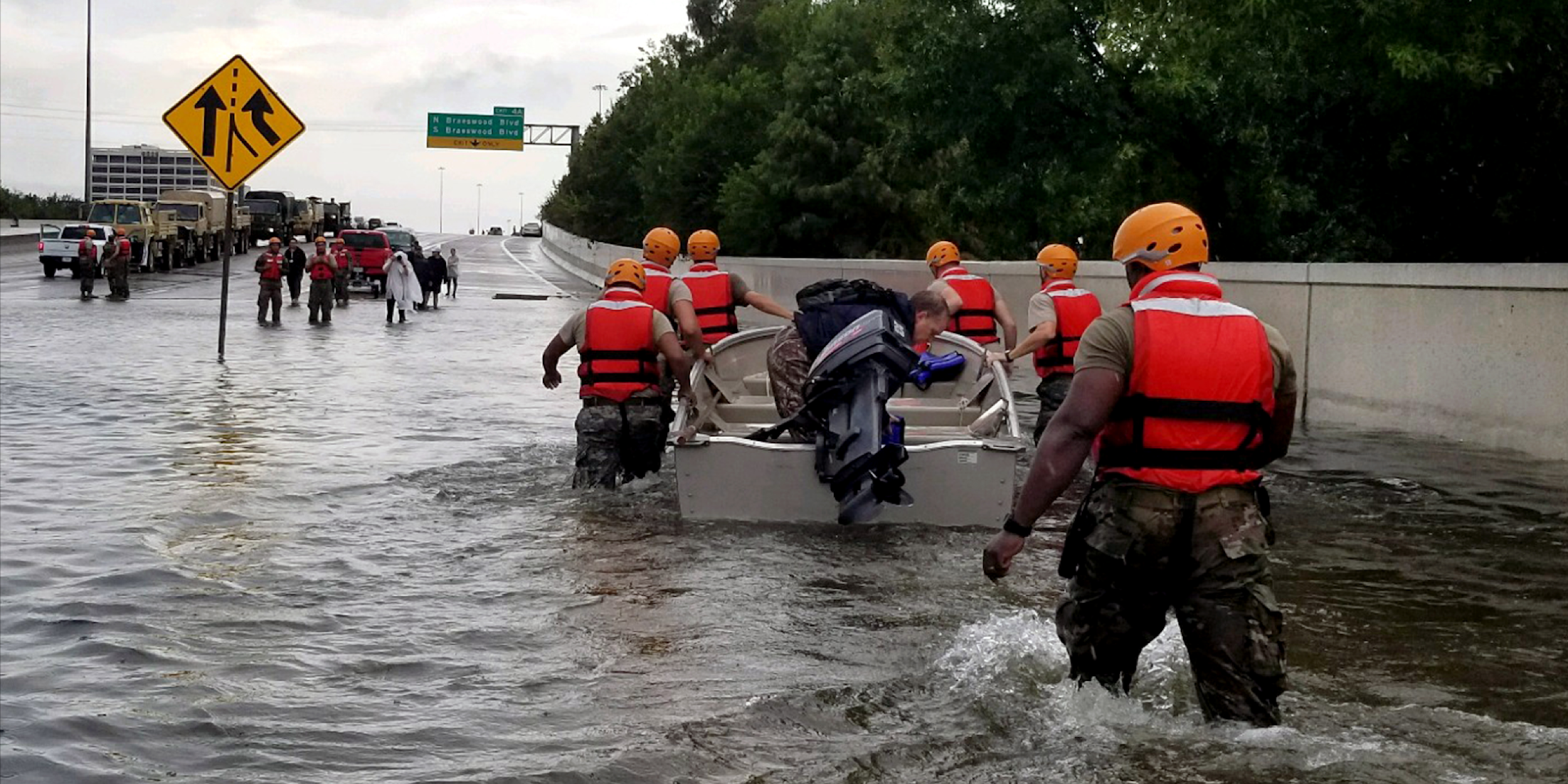A new perspective piece published in Nature Climate Change, co-authored by the Consortium on Climate Risk in the Urban Northeast (CCRUN) team’s lead Principal Investigator Radley Horton, explores the unique challenges presented by connected extreme events, and how to bring multiple disciplines together to tackle them.
By themselves, extreme events such as hurricanes or wildfires inflict both physical and societal damage. When extreme events like these occur simultaneously or in quick succession, the impacts play off of each other, making the damage associated with one of these events worse than if it had occurred on its own. For example, Hurricane Maria recovery efforts were slowed by the ongoing response to Hurricane Harvey a few weeks prior, as well as the already weak infrastructure of Puerto Rico. These are known as “connected extreme events”.
Because of the varied and compounded impacts associated with connected extreme events, the authors recommend interdisciplinary work and planning to prepare for and recover from such events. While climate scientists play a key role in researching the physical factors and impacts of these events, the authors also stress the importance of studying societal factors and decisions that affect the overall impacts. One critical way to be better prepared for connected extreme events is to develop ways to recognize the social and physical components and to share this information at all levels of decision making, from small local governments to larger state or even national governments. This requires engineers, social scientists, and physical scientists to work together to identify and solve smaller social problems such as faulty infrastructure, health vulnerability, insurance problems, flood zones, and food system problems that can be exacerbated by extreme events. Ideas for this paper came together from a May 2019 workshop on correlated extreme events supported by CCRUN.










